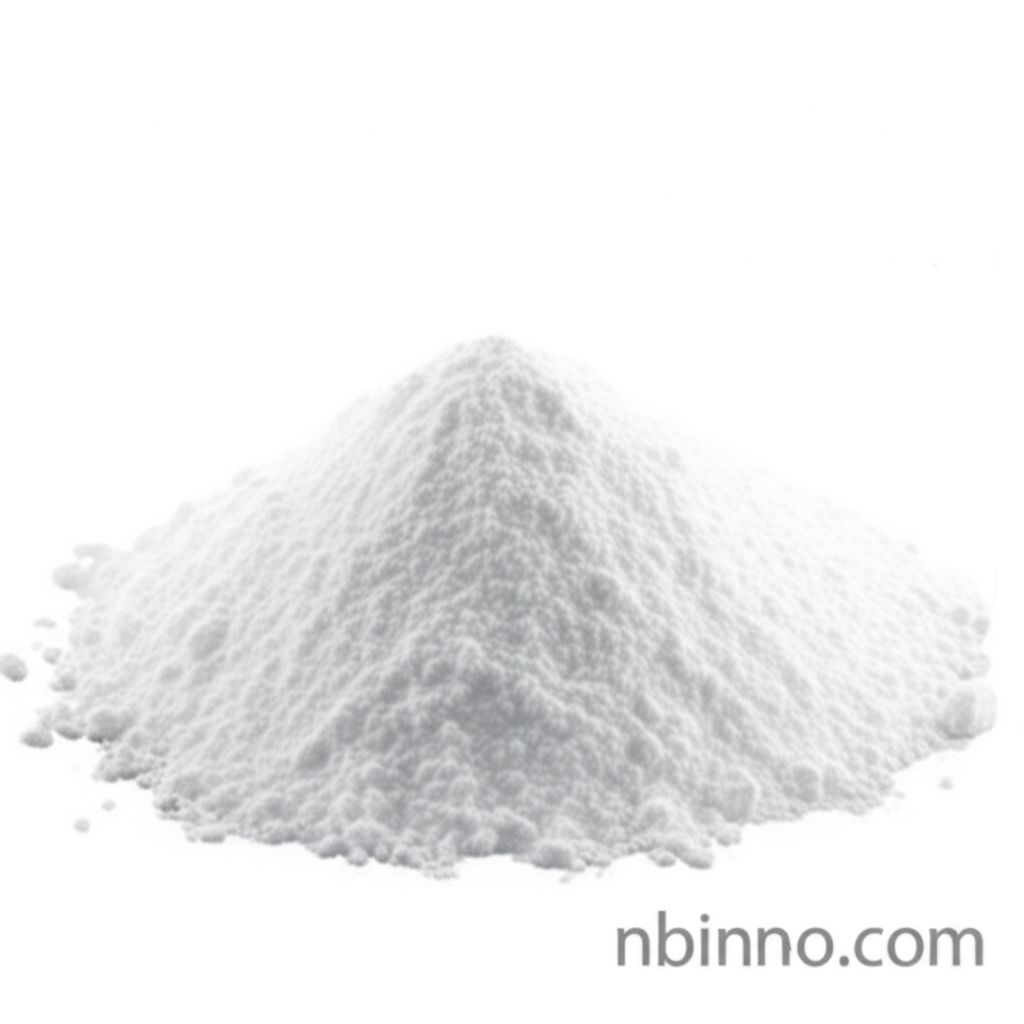4-Benzoylbiphenyl: The Key to Efficient UV Curing
Unlock superior performance in UV curing with this advanced photoinitiator, vital for inks, coatings, and pharmaceuticals.
Get a Quote & SampleProduct Core Value

4-Benzoylbiphenyl
This compound is a highly efficient free radical (II) type solid photoinitiator, primarily utilized with tertiary amine synergists for the UV curing of unsaturated prepolymers, such as acrylates. Its long-wave absorbing molecular structure makes it ideal for colored UV curing formulations.
- Introducing a versatile 4-Benzoylbiphenyl photoinitiator that enhances UV polymerization processes.
- Explore the benefits of using this 4-Benzoylbiphenyl photoinitiator for UV curing coatings and inks, ensuring rapid and efficient curing.
- Discover how 4-Benzoylbiphenyl serves as a crucial pharmaceutical intermediate in various synthesis pathways.
- Learn about the low odor characteristics of this benzophenone derivative, making it suitable for sensitive applications like food packaging.
Key Advantages
High Efficiency
Leverage the power of 4-Benzoylbiphenyl as a highly efficient free radical photoinitiator for robust UV polymerization.
Versatile Application
Utilize this 4-Benzoylbiphenyl photoinitiator in a wide array of applications, from industrial coatings to specialized pharmaceutical synthesis.
Low Odor Properties
Benefit from the low odor of 4-Benzoylbiphenyl, making it an excellent choice for applications with strict odor requirements, such as food packaging.
Key Applications
UV Curable Coatings
As a key photoinitiator, 4-Benzoylbiphenyl enables rapid and efficient curing of coatings under UV light, providing durable and high-quality finishes.
UV Printing Inks
The efficacy of 4-Benzoylbiphenyl as a photoinitiator ensures excellent performance in UV printing inks, leading to vibrant and quick-drying prints.
Pharmaceutical Synthesis
Explore the role of 4-Benzoylbiphenyl as a valuable pharmaceutical intermediate in the synthesis of various drug molecules.
Photosensitive Resins
4-Benzoylbiphenyl acts as an important photosensitizer for the synthesis of photosensitive resins, expanding its utility in material science.
